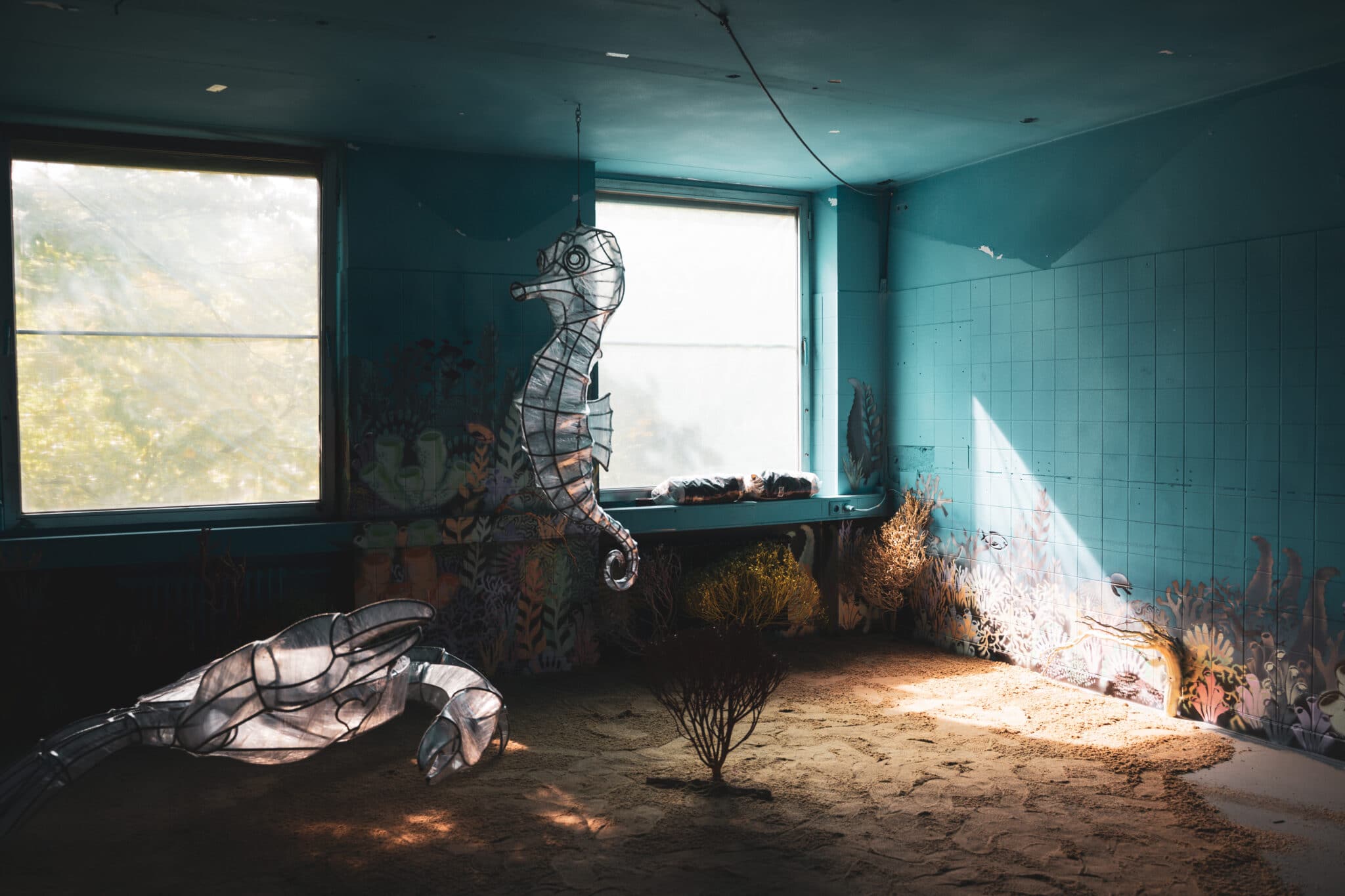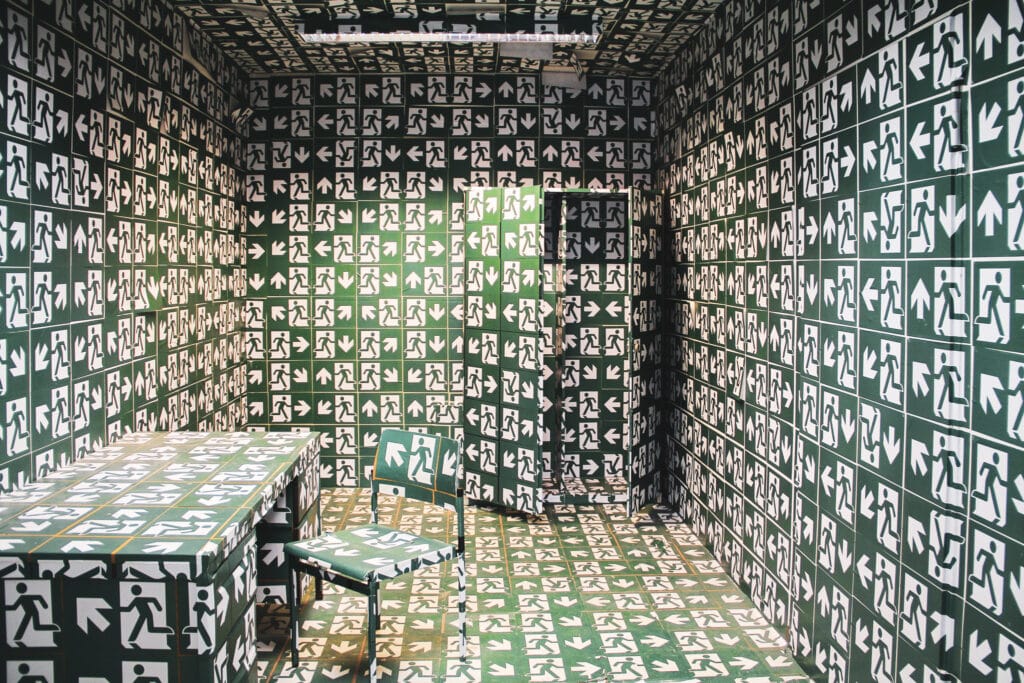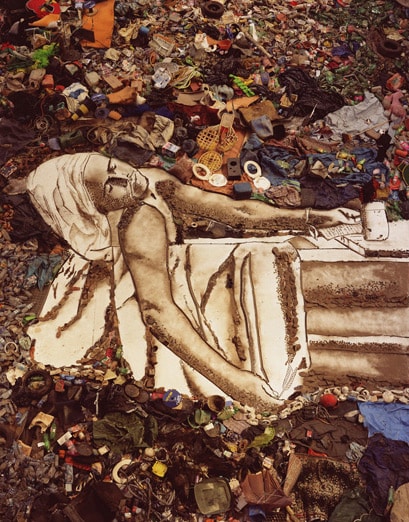KUNSTLABOR 2
Cultural interim use
c/o former Gesundheitshaus
Dachauer Straße 90
80335 München
Opening hours:
Saturdays & Sundays 12 - 18 h
Last admission: 17:15
Our exhibition will be closed from 3 August to 8 September and will reopen on 14 September.





